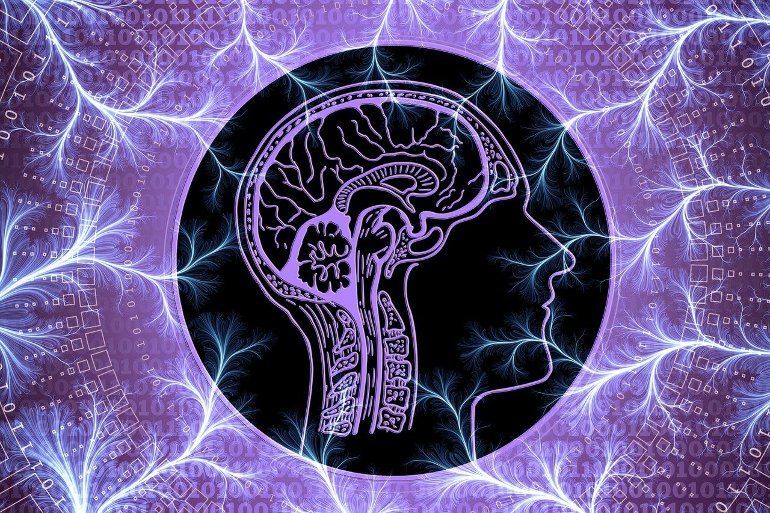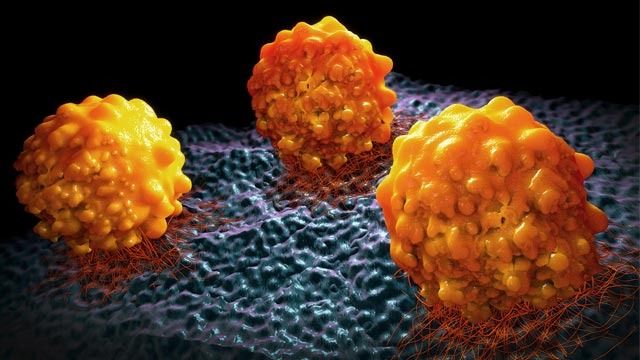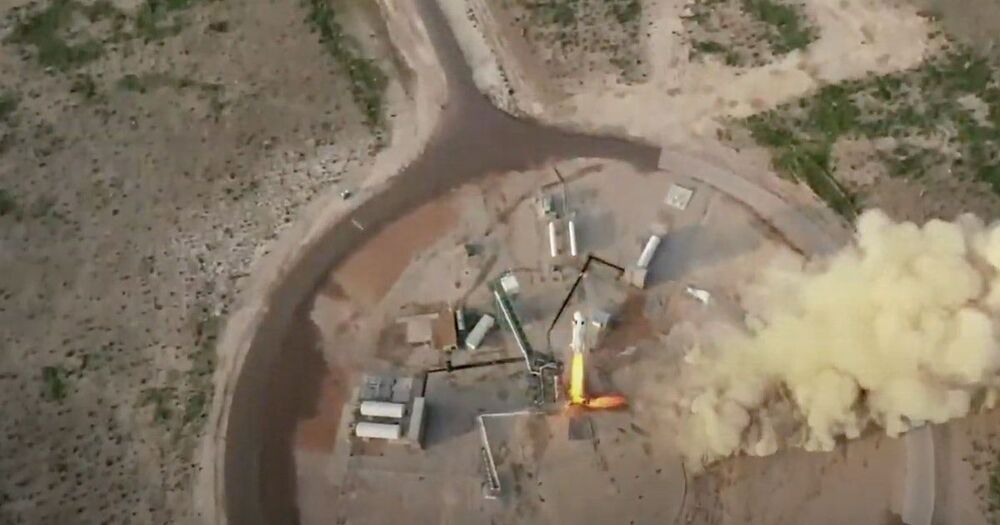Solid state batteries are the long-promised Holy Grail of battery technology. They’re smaller and better than existing Lithium Ion batteries. They charge more quickly and last much longer. What’s not to like? Trouble is, no-one’s managed to mass produce one at any useful scale yet. Turns out it’s quite tricky to make them reliable! Now though, two major Japanese companies are finally firing up their full production lines. So will 2021 be the year?
Video Transcripts available at our website.
http://www.justhaveathink.com.
Help support this channels independence at http://www.patreon.com/justhaveathink.
Or with a donation via Paypal by clicking here.
https://www.paypal.com/cgi-bin/webscr?cmd=_s-xclick&hosted_b…source=url.
You can also help keep my brain ticking over during the long hours of research and editing via the nice folks at BuyMeACoffee.com.
https://www.buymeacoffee.com/justhaveathink.
Download the Just Have a Think App from the AppStore or Google Play.






